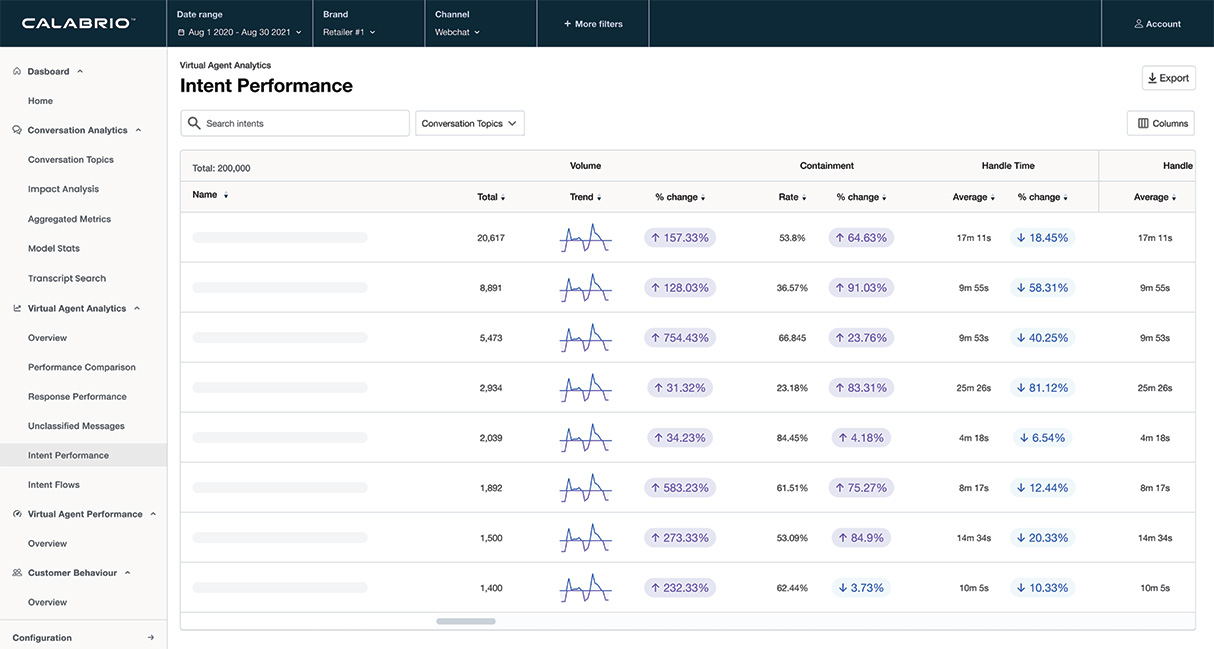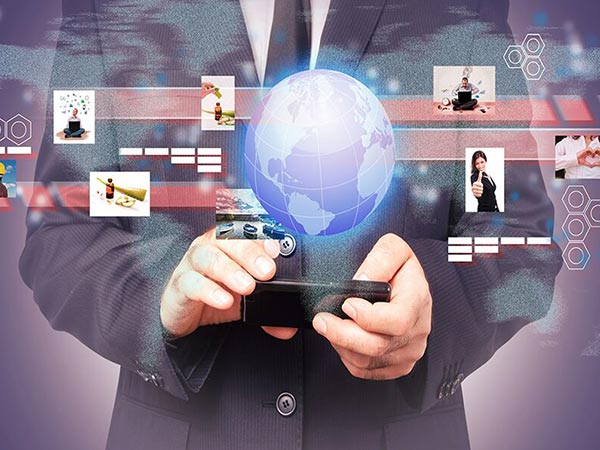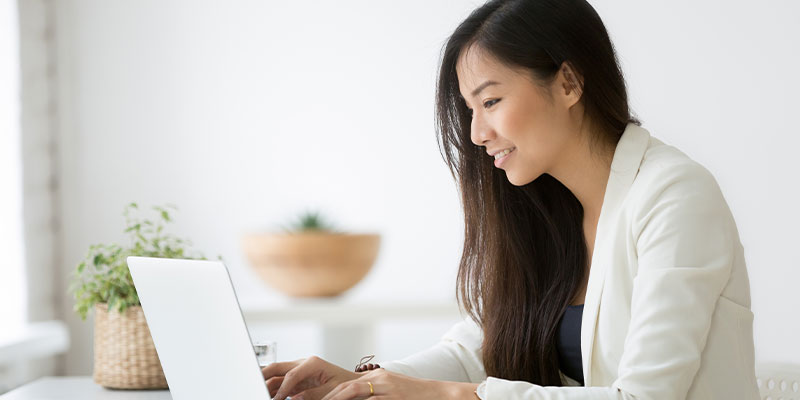Neither Avatar nor Terminator: WFM automation somewhere in the middle
Neither Avatar nor Terminator: WFM automation somewhere in the middle

The movie Avatar is about powerfully-engineered, living entities. Trained humans are electronically linked to its own “avatar” thereby controlling its every move. Whatever the human instructs, the avatar does it faster and more powerfully. Unplugged, their avatar ceases to function. In the movie, The Terminator, the terminator is also an engineered creature, but, contrary to avatars, he makes all his own decisions.
What does this have to do with WFM, you ask? Well, both are common paradigms in terms of user expectations as to what a WFM solution should deliver to its organization.
There are users that expect their WFM system to react like an “avatar”. The user determines the number of agents needed for each shift, as well as who should do what and when. The system is not given any leeway to do anything automatically. The user’s will is forced upon the solution’s every move. This, in turn, impacts results and service level achievements.
In contrast, there are users that are frustrated their WFM system doesn’t do everything itself. They expect that by telling the “terminator” the desired service level, it automatically determines shift and break lengths, gives permissions for training and meetings, and maybe even call agents on their mobile phones, asking them not to be late for work!
The true path lies somewhere in the middle. For the sake of analogy, imagine your WFM system as a cutting-edge, state-of-the-art sports car. You merely need to touch the gas pedal for its engine to roar. It does all the hard work instantly, with you in the drivers’ seat, in total comfort, listening to the stereo blasting loudly, holding the steering wheel and driving wherever you want. You don’t need to know when each cylinder fires, but you don’t want to take your foot off the gas pedal either.
Think of a WFM solution as an extension of one’s brain. Though it doesn’t think for itself, it takes thoughts and ideas, and executes them better and way faster than any human ever could. It tries every possible scenario, all different combinations and permutations to allow you to create the best plan. It highlights if anything is still needed and induces you to find yet a better solution.
A WFM tool creates a schedule, based on three main inputs: forecasts, shift creation and governing business rules; e.g. how many hours a week an agent has to fulfill. It is through sophisticated scheduling and optimization algorithms that, based on the combination of these inputs, the best possible outcome to meet service levels are created.
Let’s take some specifics – for example, forecasting. A WFM tool is very effective in analyzing historical patterns and highlighting anomalies, which then allow you to exclude certain events from the schedule (but perhaps to be re-cycled in the future). It detects growth rates in volume, breaking these down by month, by week, or even by intervals in the day.
What it doesn’t know is that there’s a media campaign for your product next week, increasing call volume by 10 percent or that there’s a process change for a call type, potentially adding 20 seconds to your overall average handling time (ATH). These inputs have to be “told” to the WFM system in advance. But it is with its external intelligence, coupled with powerful analytics and algorithms, by which accurate forecasts are created, which then allow you to plan effectively.
Another example is scheduling. If colleagues call in sick, WFM doesn’t automatically change the breaks for all agents for that shift. If the interval is over-staffed, it doesn’t automatically assign back-office work to agents. On the other hand, you don’t need to come in and be re-assured that the same number of agents are working daily, nor worry about too many agents taking a break at the same time and wanting to change that because it doesn’t “feel” right.
If you’re not getting the output you need, then you need to adjust your inputs – maybe “un-constrain” a few too rigid rules you have. Still, at the end of the day, based on the inputs at hand, the WFM system is designed to give the best possible outcome. It doesn’t create new inputs on its own, nor does a user need to enter daily requirements manually. Just tell it what to do clearly and it will deliver.









